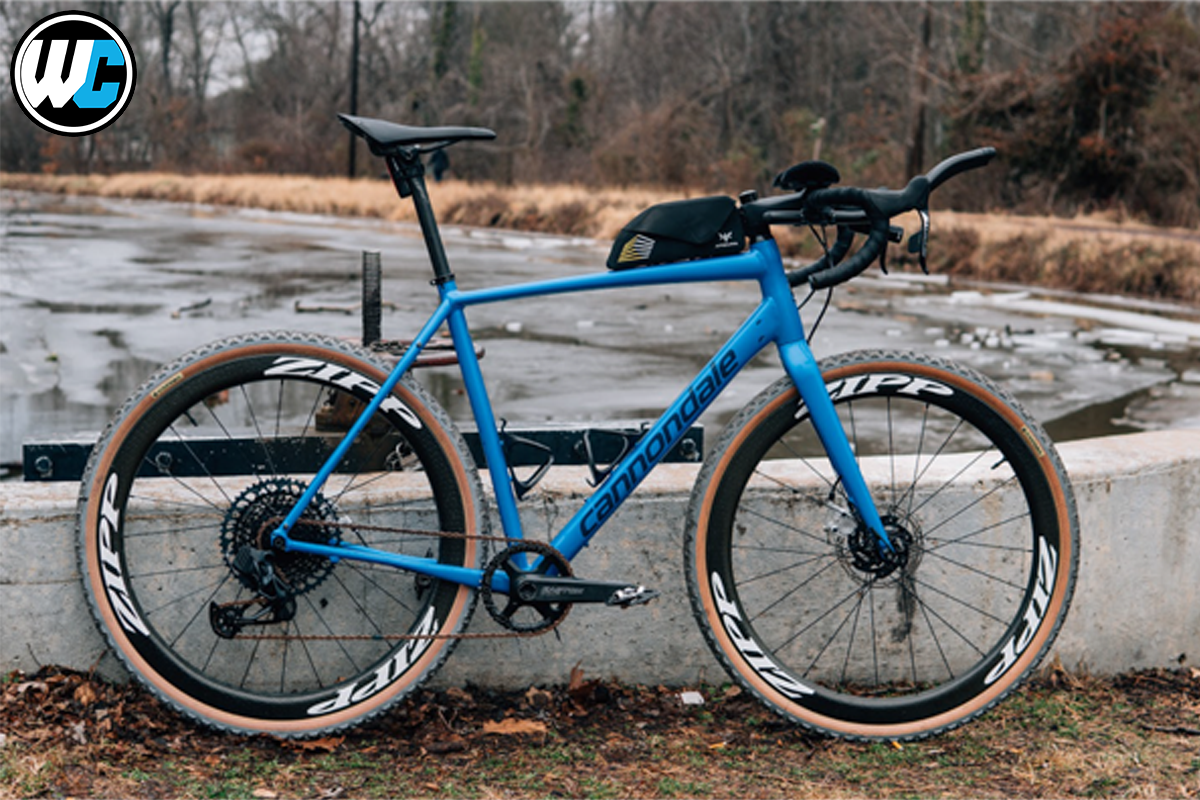- Continue Shopping
- Your Cart is Empty
SRAM GX Eagle AXS Upgrade Kit [Rider Review]
Our "Rider Review" article series features the honest reviews from verified purchasers of Worldwide Cyclery. They contain the photos, thoughts, feedback & overall review you are looking for.
We can all agree that electronic shifting is one of the coolest things to have on a bike. Not too long ago, SRAM made their AXS line a little bit easier to enter into with their GX AXS line. Our friend, Matt has been running the system, see what they think!
Overview
I’ve been slowly upgrading my 2019 Cannondale Topstone gravel bike since buying it new. It started out as an entry-level aluminum bike with lower-end components bolted on, but it has since evolved into something completely different. One of the last big upgrades I wanted to make was in the shifting. I’ve opted for Sram’s Eagle AXS.
To give you some frame of reference, I’ve been doing more endurance gravel rides this past year and plan on getting into bike packing this coming season. When you’re 100 miles and 8,000+ feet of elevation into a ride, it’s nice to be able to spin up some of the steeper hills.
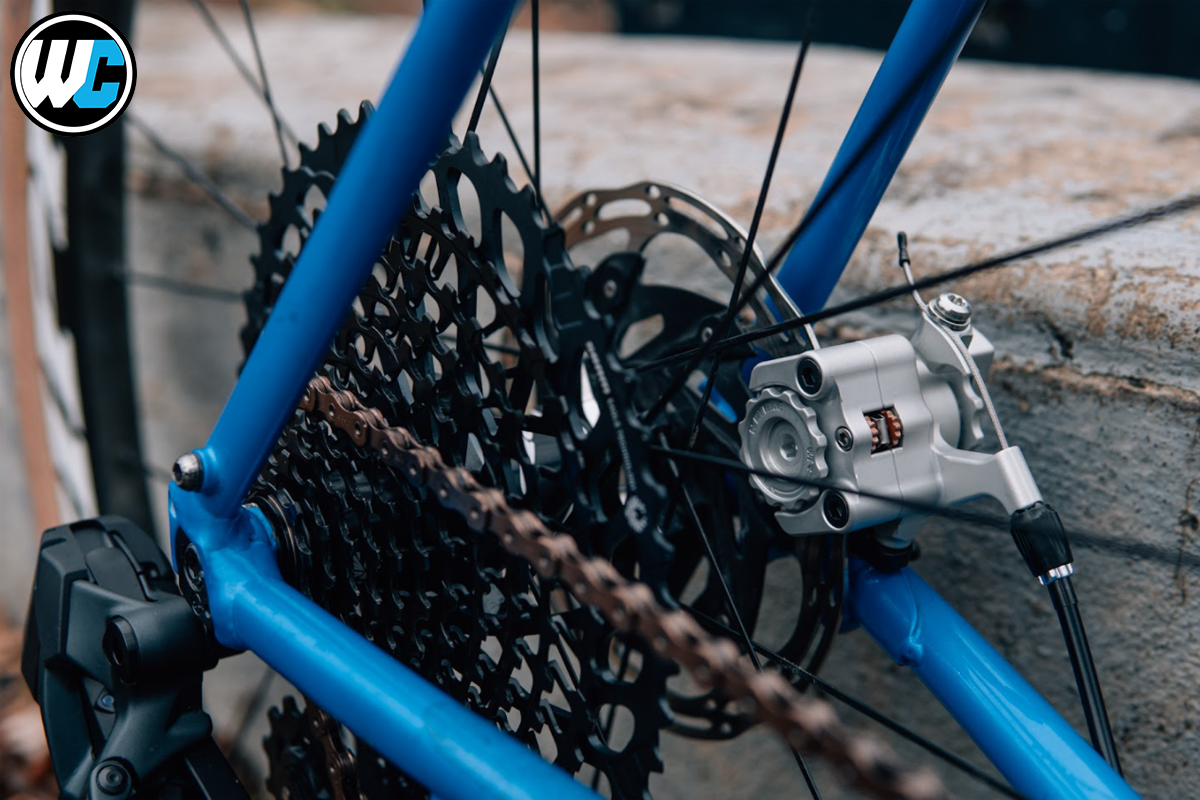
I wanted to save a bit of weight so I went with the X01 10-52t cassette and to save a bit of money I went with the AXS GX derailleur. This felt like the perfect middle ground when looking at both form and function. And since this is a gravel bike, the derailleur is paired up with Sram Red AXS Road Shifters (and Paul Klamper mechanical disc brakes). Definitely a bit more extravagant than necessary, but these shifters are the only ones I could find in stock at the time.
Installation & Performance
Installation couldn’t have been easier.
The one-piece Eagle cassette is a breeze. Just bolt the derailleur on, cut the chain to length, and you’re done. No more shift cables getting clogged with dirt and hindering shifting!
After charging the derailleur battery, doing quick software updates through the AXS app, and pairing the shifters to the derailleur everything was working perfectly. It’s also super easy to index the gears (even while riding if needed).
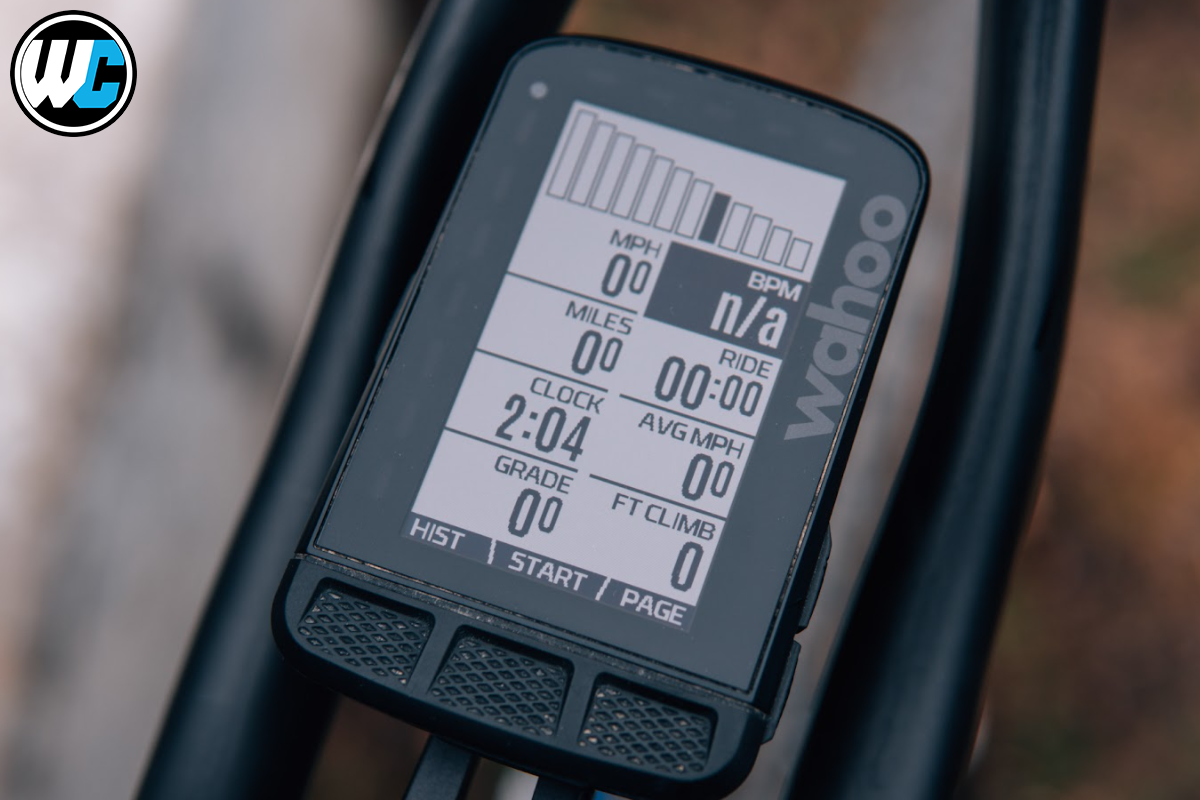
Shifting is crisp, I have all the gearing range I’ll ever need, and my Wahoo computer even shows me what gear I’m in. This might seem silly at first, but it’s really nice not having to look down between your legs to see where you’re at.
It took me a little while to get used to shifting up and down on two different levers, but it feels great - just like driving a sports car with paddle shifters.
Why This Gearing Works For Me
I’m currently running a 40t front chainring and I’ll be the first to admit the 52t cassette might be a little overkill for most typical rides, even when climbing on single track. However, we have a ton of steep little hills around here in Pennsylvania ranging from 10-20% with a couple of hundred feet of elevation - you may hit ten or more of these climbs in a single ride. You can certainly just power up them with harder gearing, but if you’re trying to conserve energy for the next 50 miles of climbing, being able to spin an easy gear is very much welcomed.
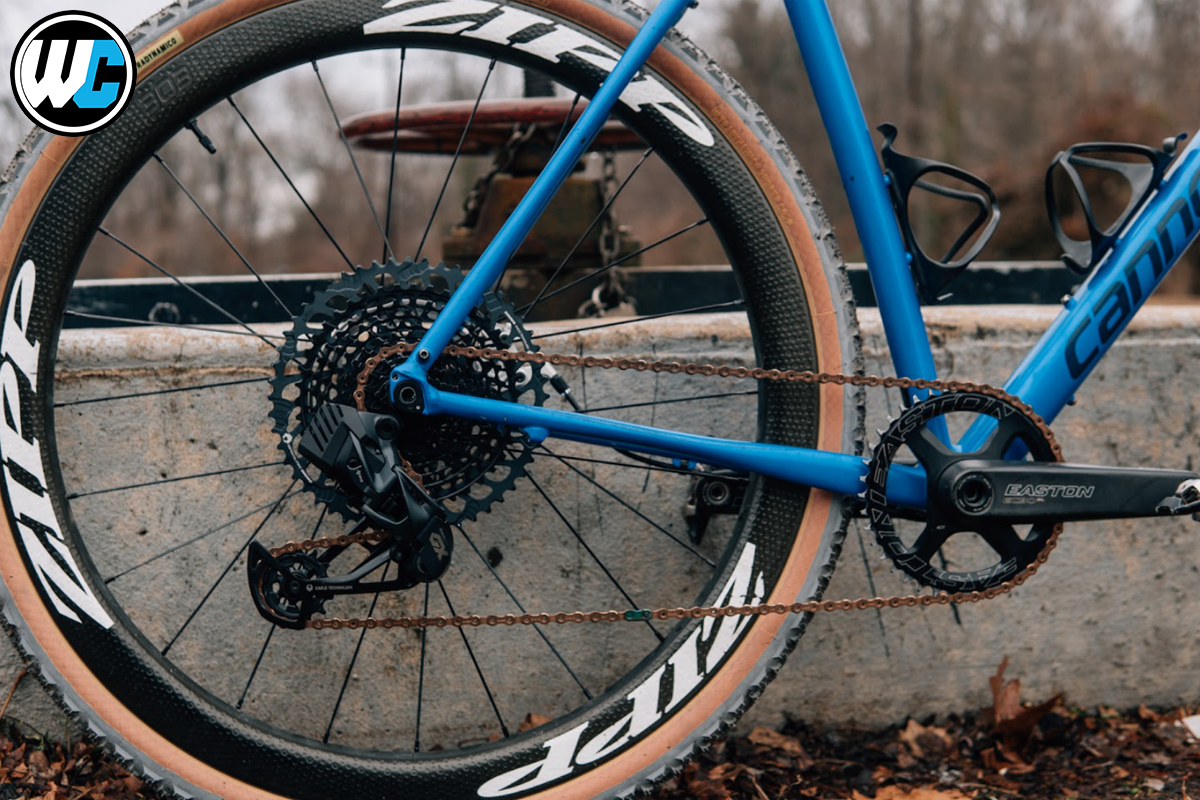
At the other end of the spectrum, you still have the 10 tooth gear too. I’ll start to spin out around 35mph on the descents. If you’re riding with a group and are super picky about your cadence, you might not like the bigger jumps in gears. You definitely need to fluctuate your cadence a little more to accommodate for this, but I find it manageable.
For bike packing, having easier gearing is pretty essential when doing big miles and climbing day after day on a loaded bike. Sure, this could be accomplished with a smaller front ring, but having this bigger range makes the bike more versatile for everything else too.
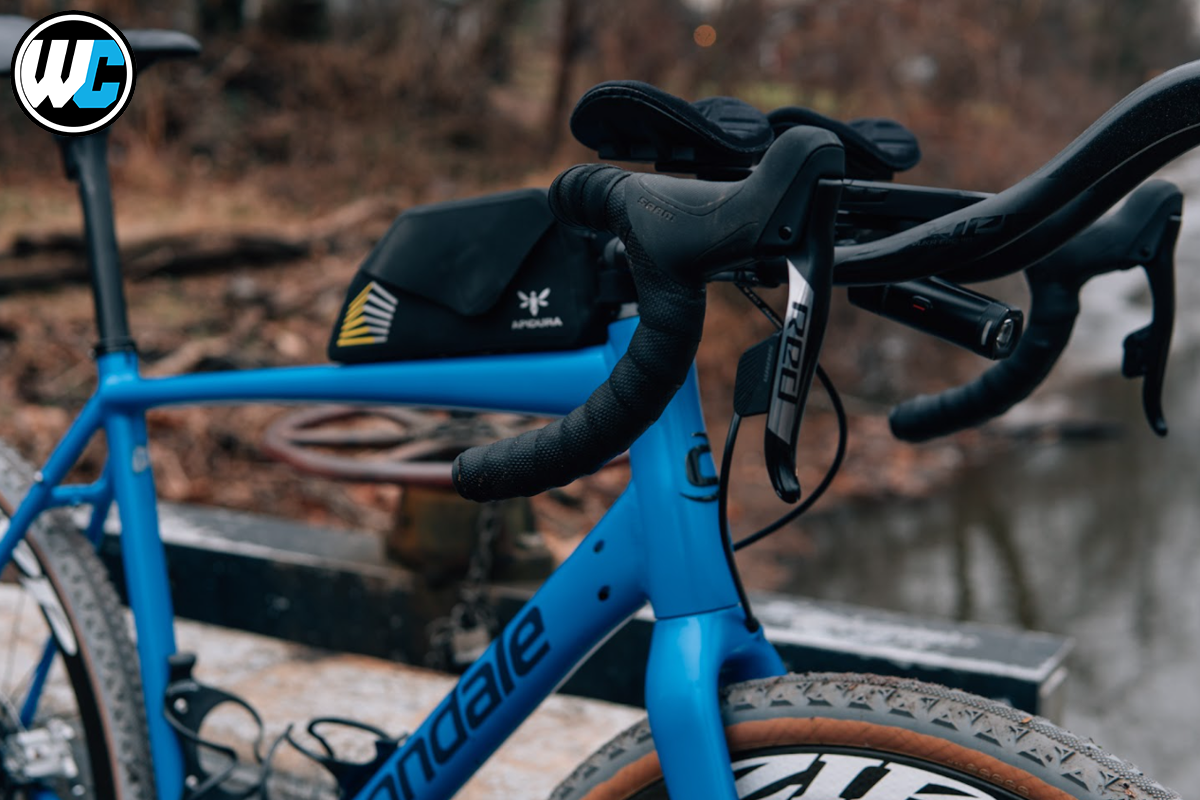
I won’t deny that I’m partly just trying to build a cool-looking bike, but the functionality definitely backs it up. It’s fast while staying comfy on the big rides. I can wholeheartedly recommend this setup if you’re into endurance gravel riding and are looking to upgrade your bike’s drivetrain.
Final Thoughts
I’ll be picking up another GX AXS derailleur to throw on my enduro bike sometime soon too, they’re just that good. Less maintenance needed is always a good thing.

